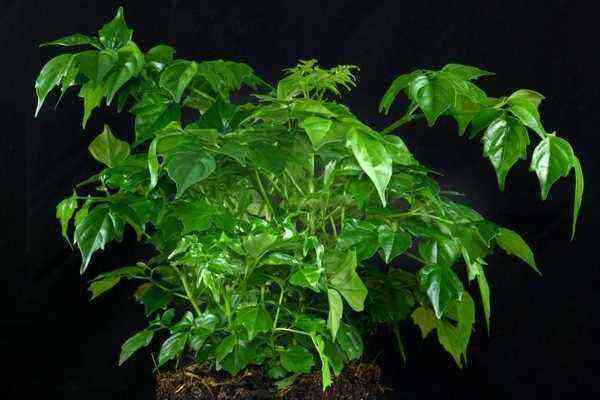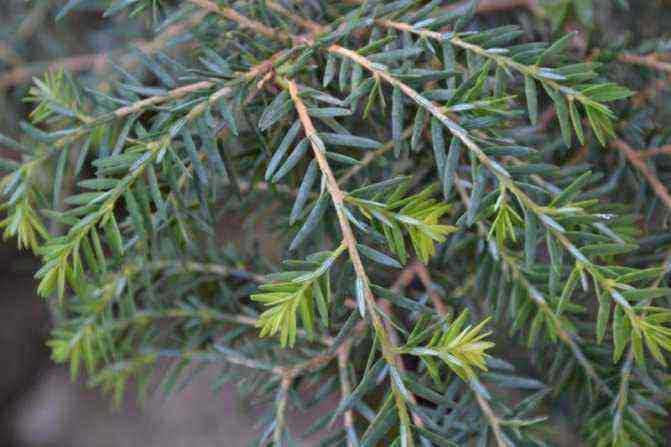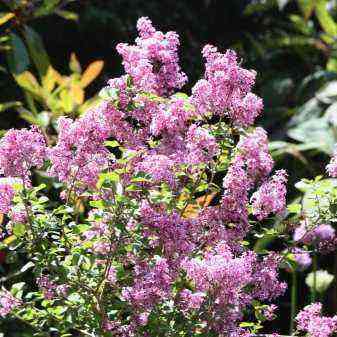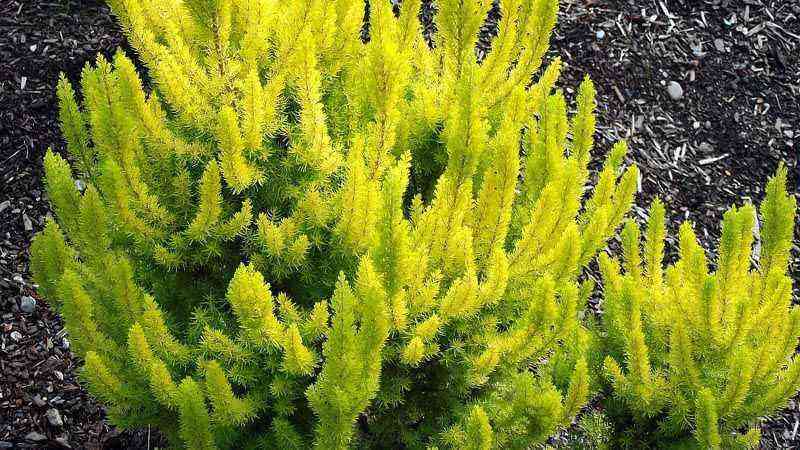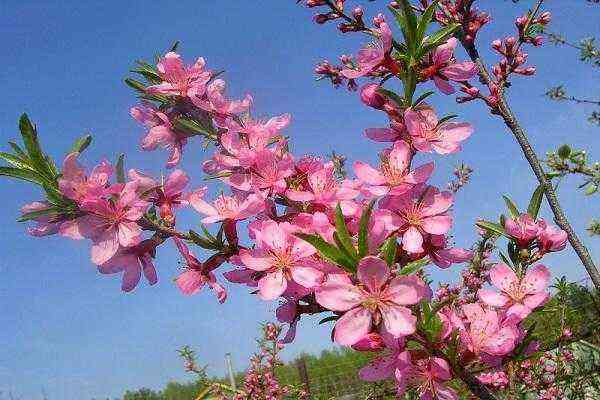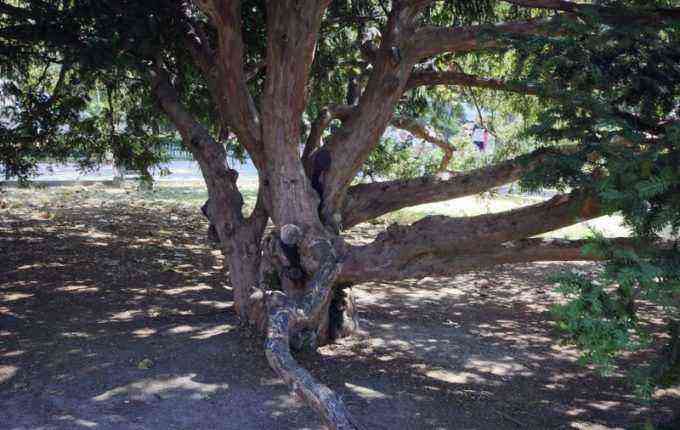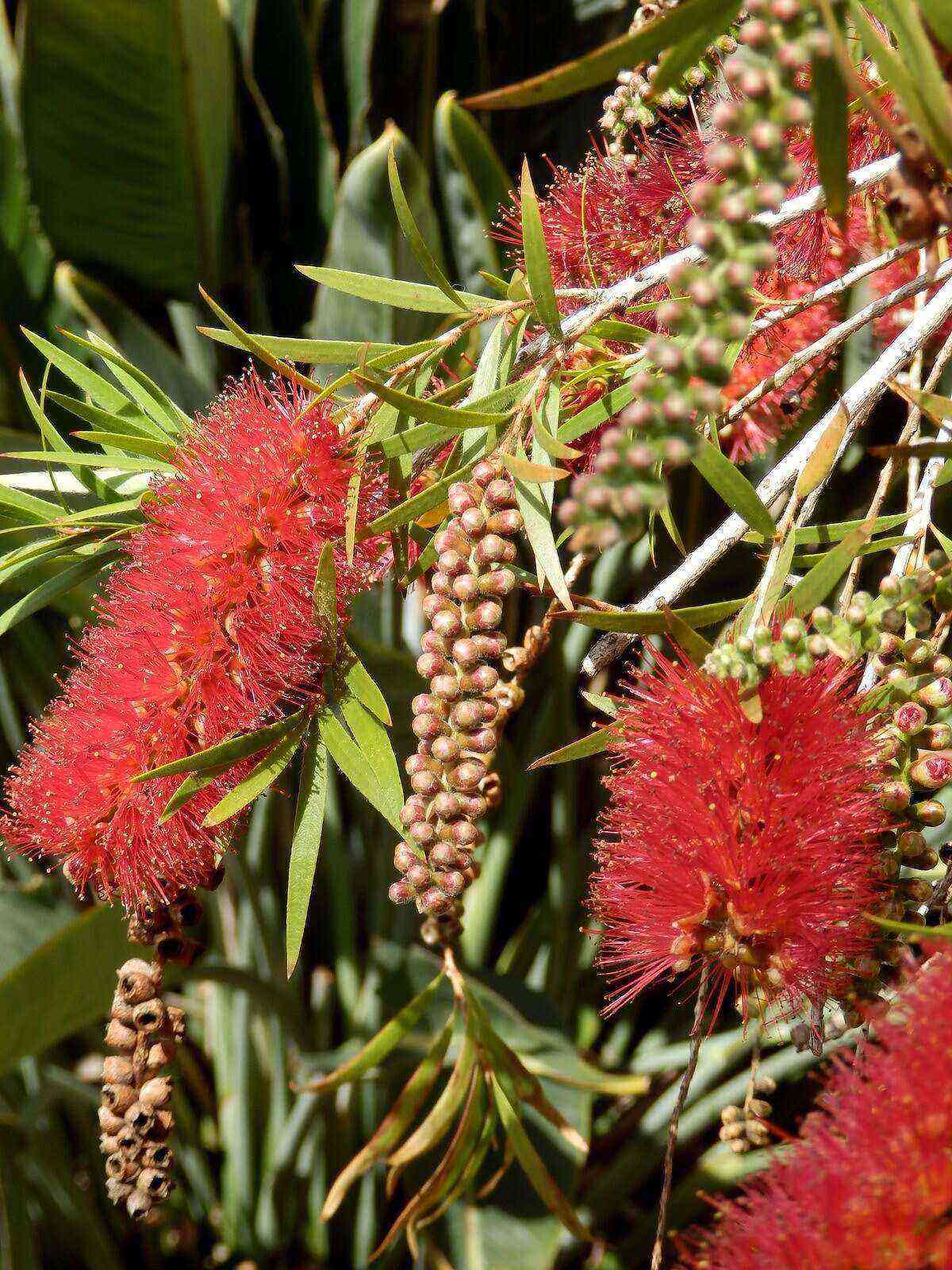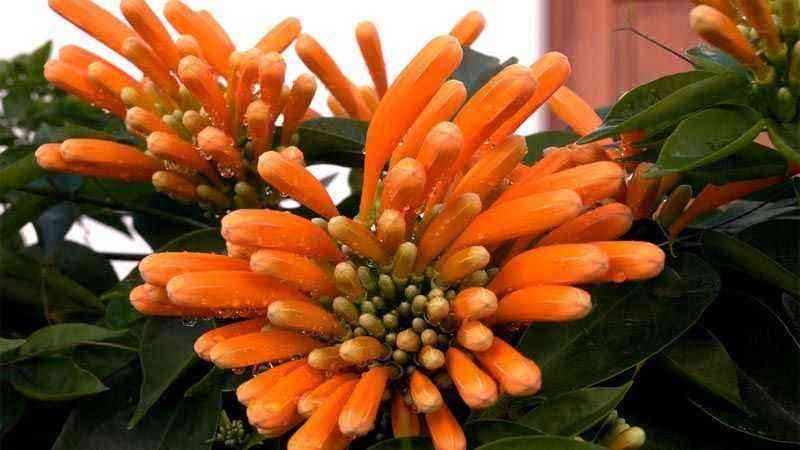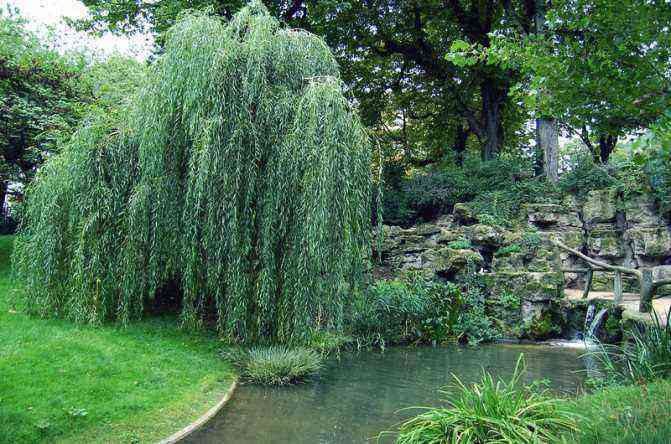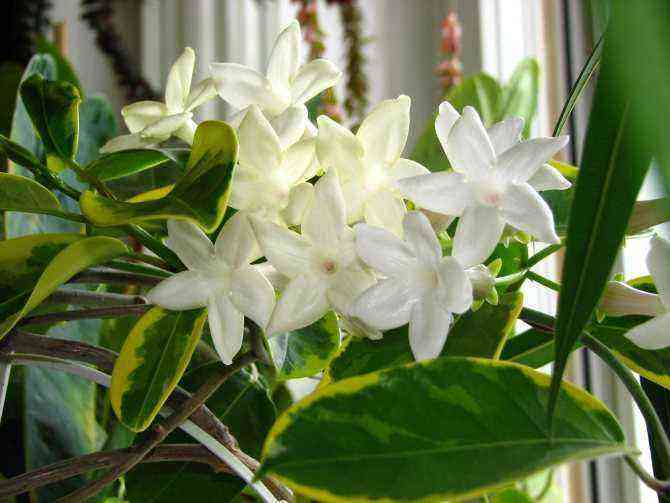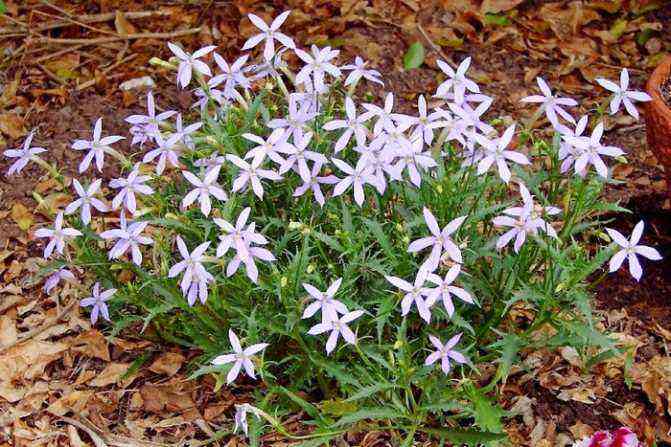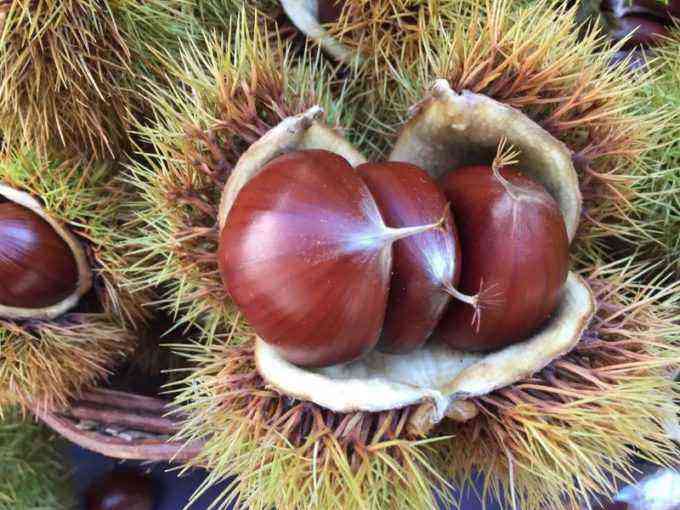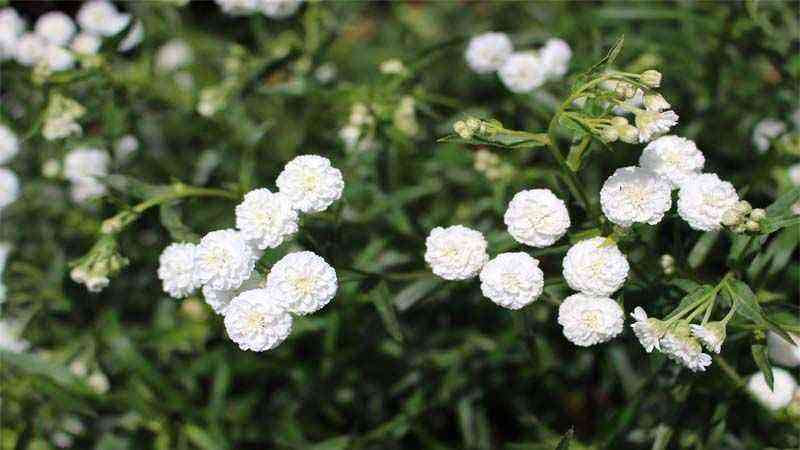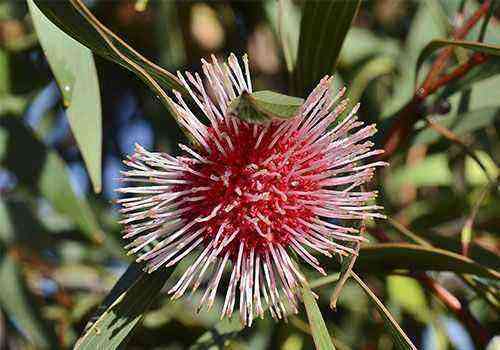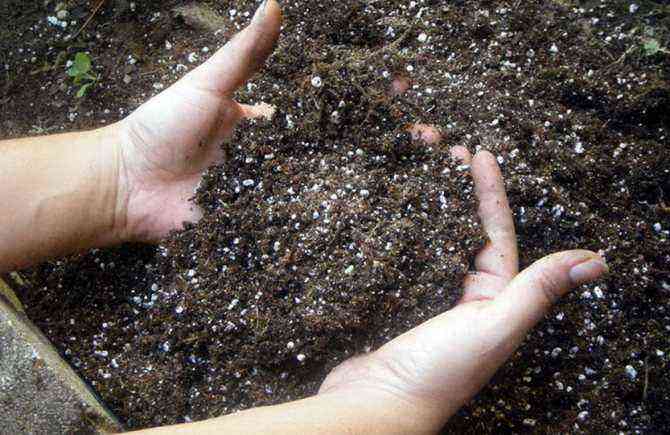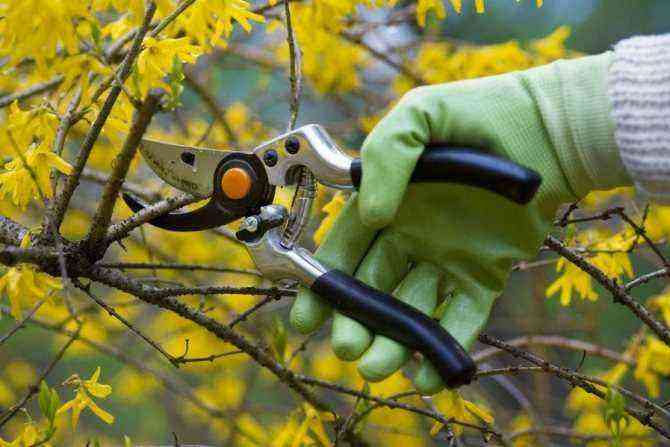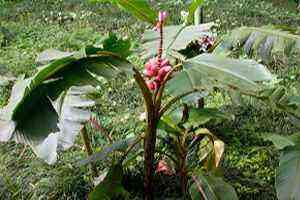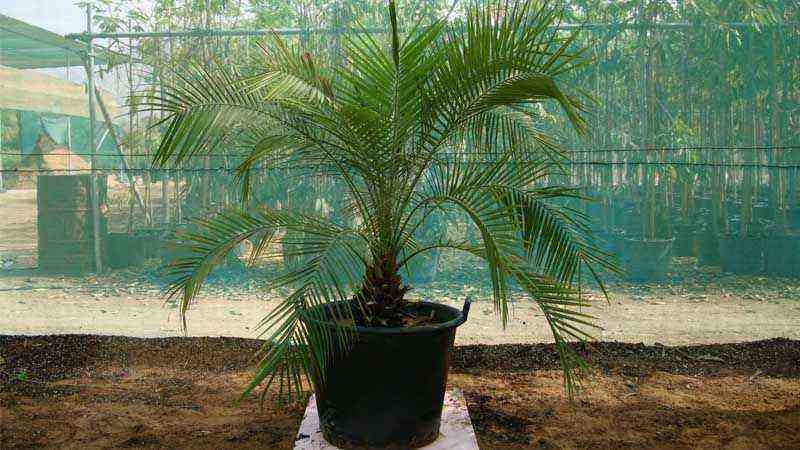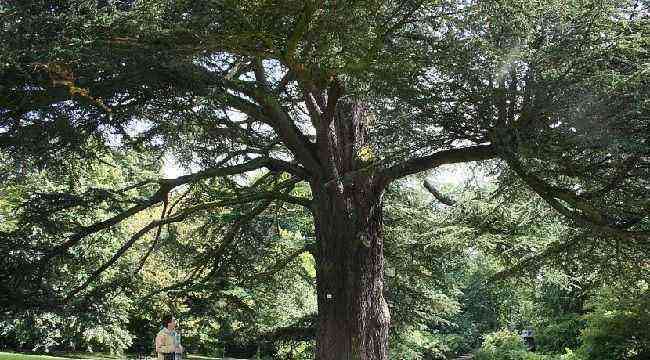Today, in Agromática, we have to talk about a tree, yes, as we said, impressive. It is about the gigantic horse chestnut that we can see in many gardens (botanical or urban), and in alignments of walks, generating a great cozy shade in the summer season.
We will know everything necessary for its cultivation.
The horse chestnut, an impressive tree for an impressive garden
His scientific name is Aesculus hippocastanum and belongs to the Sapindáceas family. A perhaps unknown family to which it also belongs more or less common species such as the Maple (and all species encompassed by that genus). It can reach a size of 30 meters and we can see it in large gardens or parks, as in the photo above we see that they are used for alignment.
Today, the horse chestnut is acclimatized to the temperate climates, although its origin is in the Balkan area.
Climatic characteristics
As we have mentioned before, it is a typical tree of the temperate zone. That is, its cultivation is indicated for cold areas (Northern and central Europe, United States, etc.). It is a species that it resists the cold very well, even untimely frosts.
Soil conditions
For its cultivation you need a soil that harbor moisture for a long time. A fresh soil with good drainage capacity. Texture is indifferent for horse chestnut as long as the level of moisture and organic matter is appropriate.
If you grow a horse chestnut in moist, nutrient-rich soil, it will grow very fast.
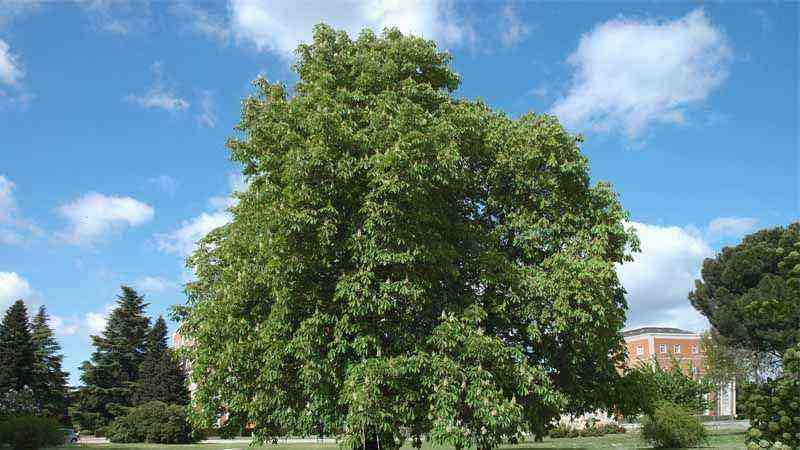

Irrigation and fertilizer needs
El watering procedure horse chestnut is easy. The only premise that we have to respect is that the soil is suitably moist. It is not worth flooding or watering copiously since half of the water will percolate and will not be available.
As to subscriberIf it is a young specimen, you can add a little organic matter around the trunk, especially in the vegetative growth season.
The horse chestnut will appreciate it. Once they grow and become large specimens, it is not so necessary to carry out said contribution of organic matter, but as they always say, it is very good for their development.
Horse chestnut multiplication
We have 2 options to produce new plants of this species. On the one hand we have a multiplication by seeds, a bit complicated since it is necessary to stratify them (keeping them in the refrigerator for a few months when they are collected).
Otherwise, they lose their ability to germinate quickly. If you have tried to germinate the horse chestnut and have not been able, you can also resort to cutting.
Its active principles are used in medicine
Although it seems that almost all plants have a specific function (either pharmacological or medicinal), it seems that the horse chestnut is no exception. Drugs are made from its compounds to reduce the viscosity of the blood.
It is therefore a vasoprotective with anti-inflammatory properties.
As for its medicinal compounds, it is capable of reducing the inflammation of varicose veins, hemorrhoids, edema, etc.
And that’s all we have to say about Aesculus hippocastanum, although before finishing this article, we are going to establish a summary of everything commented.
- Weather: resistant to cold and frost. Mild weather.
- Land: cool, well drained and moist.
- Irrigation and fertilizer: keep the soil moist. It requires little subscriber.
- Multiplication: by seeds (stratification) or cutting.



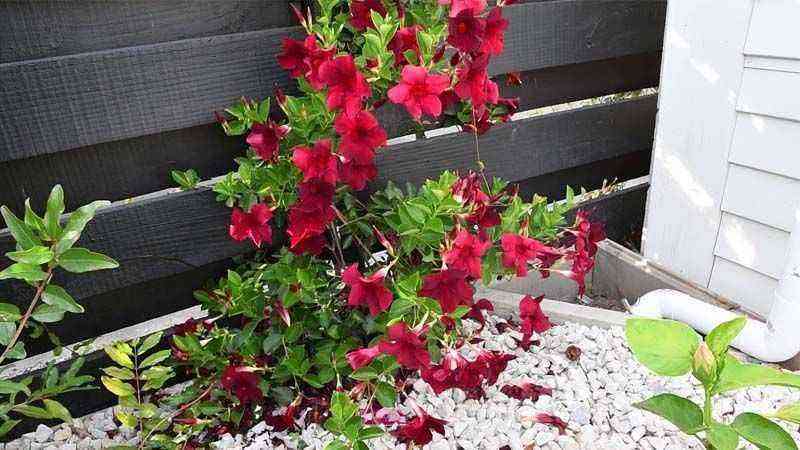
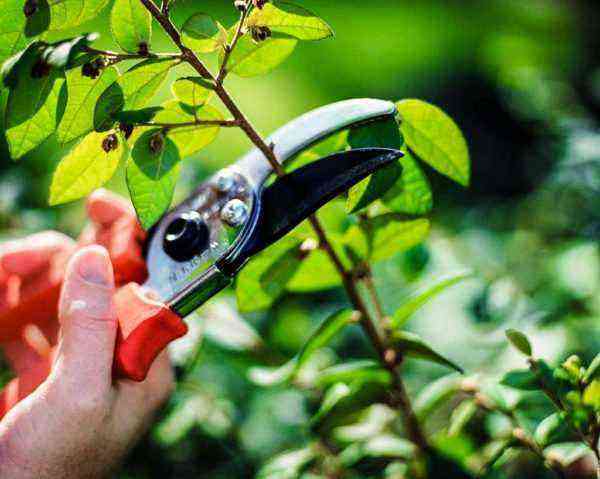

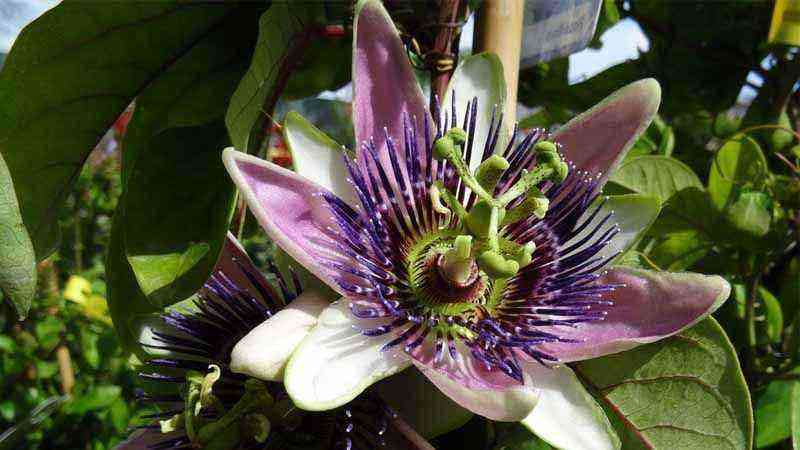


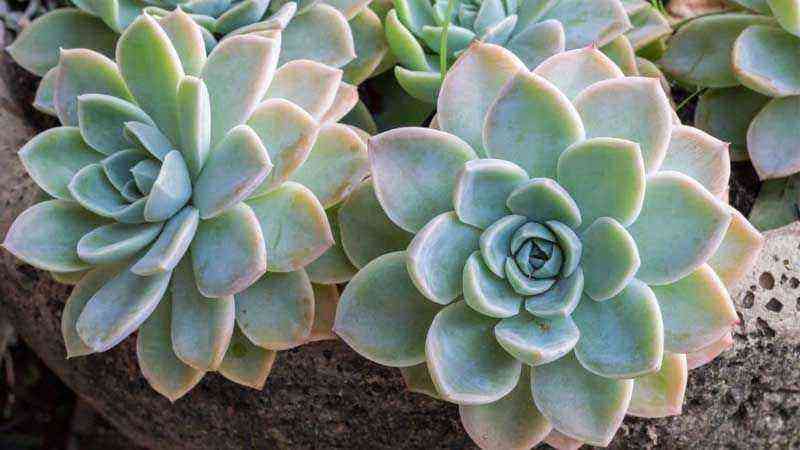
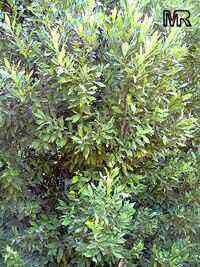
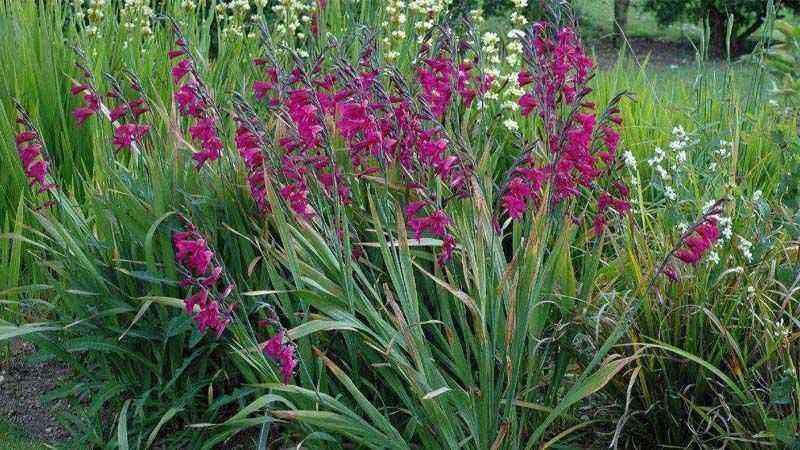
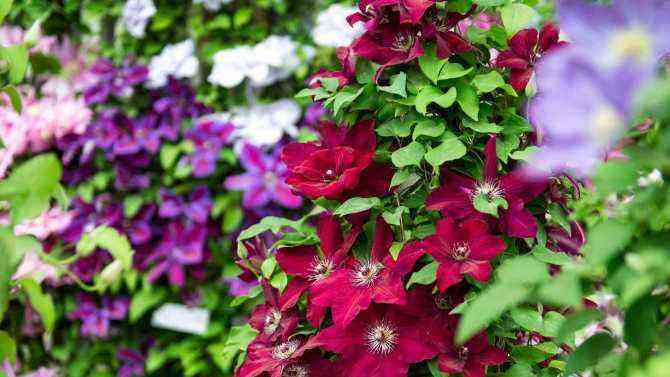
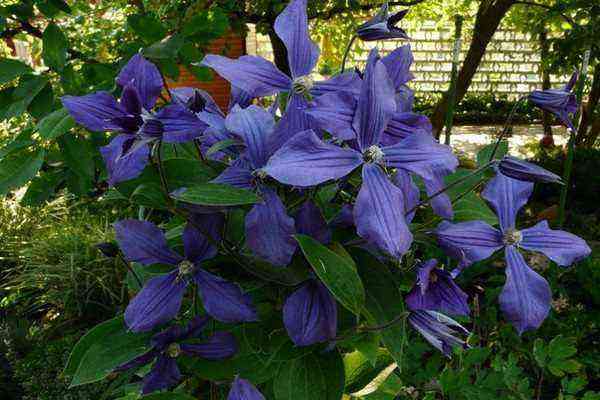
![Cultivo de Magnolia stellata [magnolia estrellada] Cultivo de Magnolia stellata [magnolia estrellada]](https://farmer-online.com/wp-content/uploads/2021/05/Cultivo-de-Magnolia-stellata-magnolia-estrellada.jpg)
